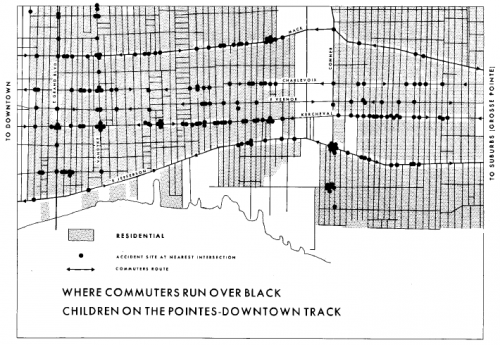Designing Tools and Activities for Data Literacy Learners
Data-centric thinking is rapidly becoming vital to the waywe work, communicate and understand in the 21st century.This has led to a proliferation of tools for novices that helpthem operate on data to clean, process, aggregate, and vi-sualize it. Unfortunately, these tools have been designedto supportusersrather thanlearnersthat are trying todevelop strong data literacy. This paper outlines a basicdefinition of data literacy and uses it to analyze the toolsin this space. Based on this analysis, we propose a set ofpedagogical design principles to guide the development oftools and activities that help learners build data literacy.We outline a rationale for these tools to be stronglyfocused,wellguided, veryinviting, and highlyexpandable. Based onthese principles, we offer an example of a tool and accom-panying activity that we created. Reviewing the tool as acase study, we outline design decisions that align it withour pedagogy. Discussing the activity that we led in aca-demic classroom settings with undergraduate and graduatestudents, we show how the sketches students created whileusing the tool reflect their adeptness with key data literacyskills based on our definition. With these early results inmind, we suggest that to better support the growing num-ber of people learning to read and speak with data, tool de-signers and educators must design from the start with thesestrong pedagogical principles in mind.

